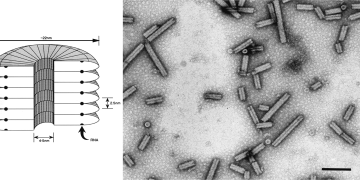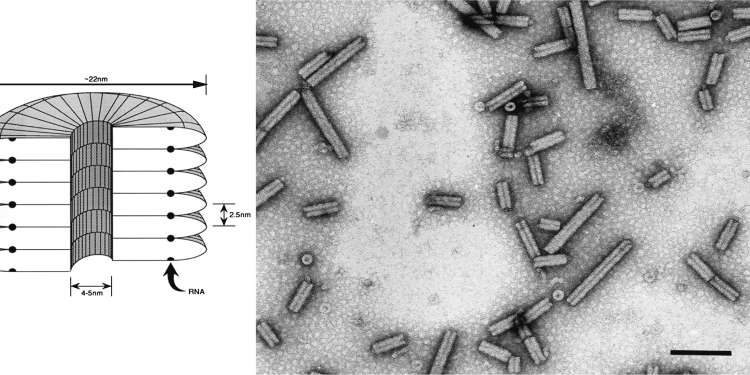#plantpathology #agriculture #cropmanagement #diseaseprevention #nematodes #genetics #crops #farming
Tobacco Rattle Virus (TRV) is a plant pathogen that can infect over 400 different plant species. It is commonly found in agricultural fields and can cause significant damage to crops, resulting in economic losses for farmers. In this article, we will explore the development and consequences of TRV infections and discuss ways to optimize the title in the link.
TRV is a soil-borne virus that is transmitted by stubby root nematodes. Once infected, plants may exhibit symptoms such as stunting, mosaic patterns on leaves, and discoloration of roots. These symptoms can vary depending on the type of plant infected and the severity of the infection. The virus can also impact the quality of crops, resulting in a decrease in yield and market value.
One way to mitigate the impact of TRV infections is through prevention. Farmers can take steps to reduce the risk of TRV transmission by implementing crop rotation, soil sterilization, and using nematode-resistant plant varieties. Additionally, early detection of TRV infections can help prevent the spread of the virus to other plants.
The consequences of TRV infections extend beyond the agricultural industry. Researchers have also been studying TRV as a potential tool for gene silencing in plants. This research has the potential to lead to the development of new and improved crop varieties that are resistant to pests and diseases.
TRV is a significant plant pathogen that can have a severe impact on the agricultural industry. However, through prevention and early detection, the spread of the virus can be reduced. Additionally, ongoing research on TRV may lead to the development of new and innovative solutions for crop protection.































